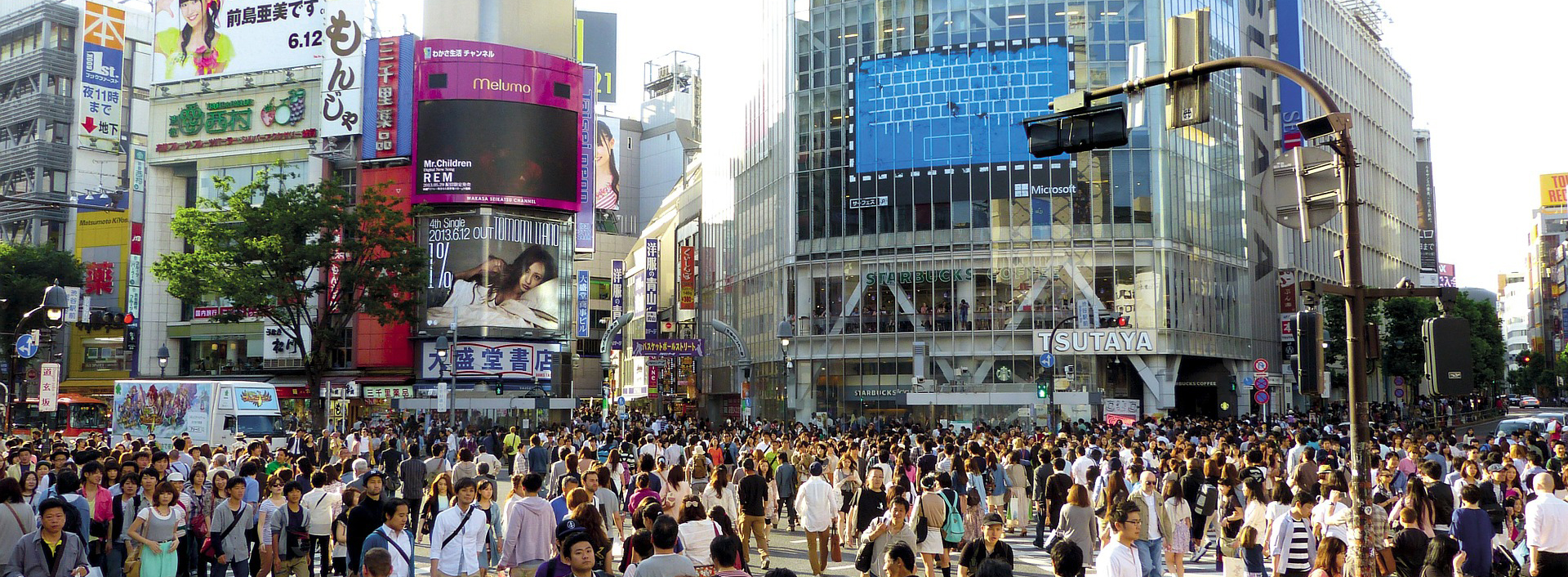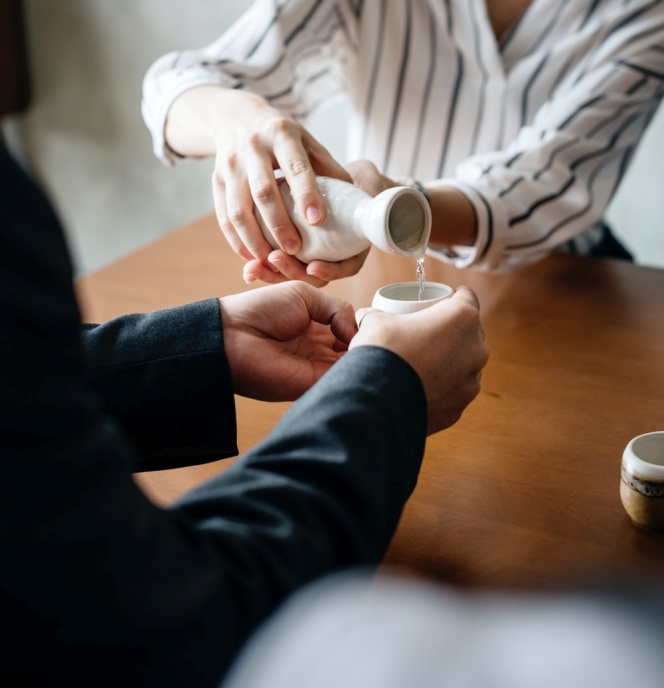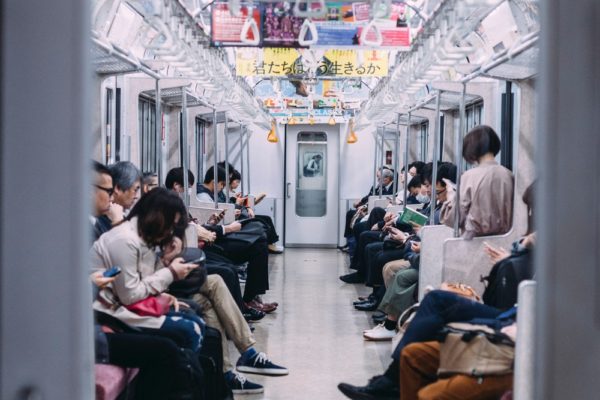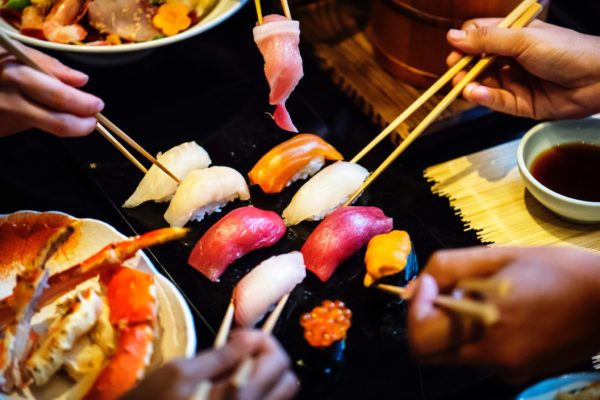One of the best things about travelling to Japan is getting many opportunities to meet and socialize with the locals. The Japanese are known for being polite, welcoming, and friendly, and it is not uncommon to hear or read stories about locals going the extra mile to help out foreign tourists who are looking for directions to their hotel or the train station. If you are planning a visit to Japan, it is important to be familiar with how to act when interacting with the locals so as not to offend them. Below are some tips on what to do when meeting Japanese people while exploring Japan.

Greetings
You can get around Japan without any problems even if you do not know a single Japanese word. But, if you plan to make friends with the locals, it is recommended that you memorize a few basic Japanese words and phrases that you can use to break the ice.
The table below lists common Japanese greetings and their English meanings.
| Japanese | English |
| Konnichi wa. | Hello. |
| Ohayou gozaimasu. | Good morning. |
| Konbanwa. | Good evening. |
| Watashi wa <your name>. | My name is <your name>. |
| <your name> desu. | I am <your name>. |
| Onamae wa nandesuka? | What is your name? |
| Hajimemashite. | It is nice to meet you. |
| Yoroshiku onegaishimasu. | Pleased to make your acquaintance. |
| Dochira no goshusshin desuka? (formal) | Where are you from? |
| Shusshin wa doko desuka? (casual) | Where are you from? |
| <Your home country> desu. | <Your home country>. |
| Anata no shumi wa nandesuka? | What are your interests/hobbies? |
| Mata kondo asobimashou. | Let us hang out again sometime. |
| Arigatou gozaimasu. | Thank you. |
| Douitashimashite. | You’re welcome. |
| Sayonara. | Goodbye. |
Before your trip, try to download some free Japanese dictionary apps like the ones enumerated below to help you quickly look up words and meanings wherever and whenever you need to:
- Google Translate – Download links: iOs (free) | Android (free)
- Imiwa? – Download link: iOS (free)
- Akebi – Download link: Android (free)
- Learn Japanese – Download link: iOS (free)
- Obenkyo – Download link: Android (free)
- Yomiwa – Download links: iOS (free) | Android (free)
Bowing
In a lot of countries, people usually shake hands when introduced to each other for the first time. In Japan, however, that is not as commonly done. Instead, people bow.
The act of bowing involves a number of rules and nuances. For instance, the back of the head and the slope of the back should always form a straight line, and both arms should be kept at the sides, as you bend at the waist. The deeper and longer the bow is, the more respect or gratitude is shown. Do not worry about these things so much, as foreign tourists are not really expected to master them. A quick bow is usually fine.
For example, if you are meeting your tour guide or your guesthouse host for the first time, introduce yourself and then take a small bow. It conveys that you are happy to see them, and that you are grateful for their time and hard work.
Bowing is also done in other situations, such as:
- When bidding someone goodbye
- While thanking someone
- When apologizing
- At the start and end of an event, ceremony, class, or business meeting
- When making an offering or praying at a Shinto shrine
Visiting a Japanese person’s home
If you have received an invitation to a Japanese person’s home, you should get a present or a gift for them. It can be snacks, food items, or souvenirs from your home country that cannot be found in Japan, if you were able to pack something like those. If not, it can be anything else that is nice and inexpensive that your hosts can enjoy and appreciate.
Make sure to arrive to their house at the agreed time. Double check with them that you have the correct address and directions to get there. It is rude and disrespectful to be late.
Once you go inside a Japanese home, you must take off and leave your shoes by the door, at an area called a genkan. You must then wear the slippers provided before you can enter the rooms. You only take these off when entering a room with tatami mats, where you can walk just wearing your socks, or when going to the bathroom or toilet, which typically have special slippers provided.
Eating and drinking
Eating and drinking are two highly recommended activities for socializing and interacting in Japan. Around the country, there are countless restaurants, diners, cafes, bars, and clubs where a lot of locals hang out with their friends and family after work or on their days off. While in Japan, do not be afraid to explore these types of places, as they open various possibilities when it comes to meeting new friends.

When dining and drinking, whether at a restaurant or at a Japanese person’s home, there is also a list of etiquettes to observe to avoid offending or disrespecting the local customs and culture.
First and foremost, wash your hands.
Once the food is served, say “itadaki-masu” before you start eating. It is equivalent to saying “bon appétit”. Then, take your chopsticks and make sure that you are holding them correctly. Before your trip, it is highly recommended that you watch videos on how to use them and practice a lot to get the hang of it. Do not stick your chopsticks into a bowl of rice, as that is very similar to a ritual done during funerals. After eating, say “gochiso-sama deshita”, which translates to “it was quite a feast”.
When drinking, it is customary to raise your glass and say “Kampai!” which is the Japanese equivalent of “Cheers!” Do not hesitate to let loose, engage everyone, and pour other people’s drinks. The Japanese love to drink, and they consider it a great way to get to know their schoolmates or co-workers better.



